Summary by Jessica Phan
When it comes to minimalist footwear, few brands garner as much attention as Vivobarefoot. Designed to mimic the sensation of being barefoot while providing protection and traction, these outdoor shoes have gained a loyal following among outdoor enthusiasts.
Recently, Brian and Shawn took two models of Vivobarefoot shoes—the All-Weather Primus Trail (men’s and women’s) and the Primus Trail Knit FG (men’s and women’s)—on a challenging run/hike up a local peak and across a wide variety of difficult terrain for the ultimate showdown.
So, let’s take a look at their experience on how these hiking shoes perform in real-world conditions because the differences do matter!
Features of the Vivobarefoot Shoes

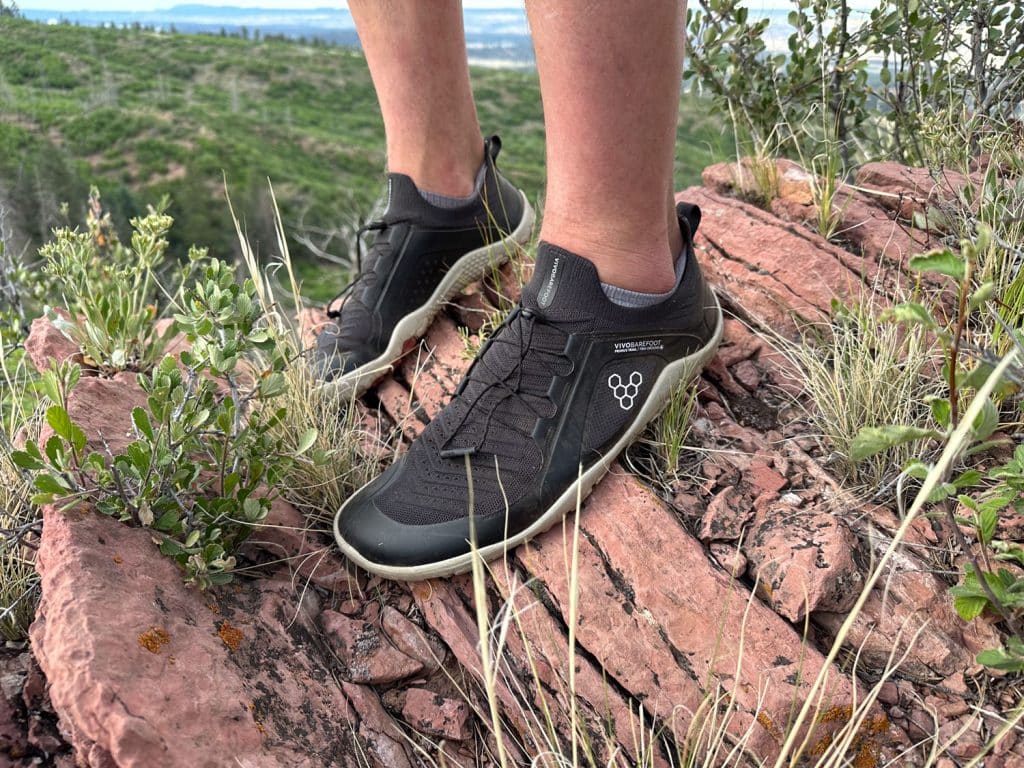
Both the Vivobarefoot All Weather and Knit FG are popular barefoot shoe models and check all the boxes as a versatile, durable, and comfortable hiking partner.
Brian and Shawn set out to tackle a rugged peak, encountering mixed terrain, steep descents, and even some wet conditions. Their goal? To assess the grip, comfort, and overall usability of these minimalist footwear in demanding environments. Here’s what they found.
Style & Design
While style isn’t exactly a feature, Vivobarefoot makes unique barefoot shoes which you’ll likely either hate or love. Shawn really liked the splash of color on the soles of the All Weather model.
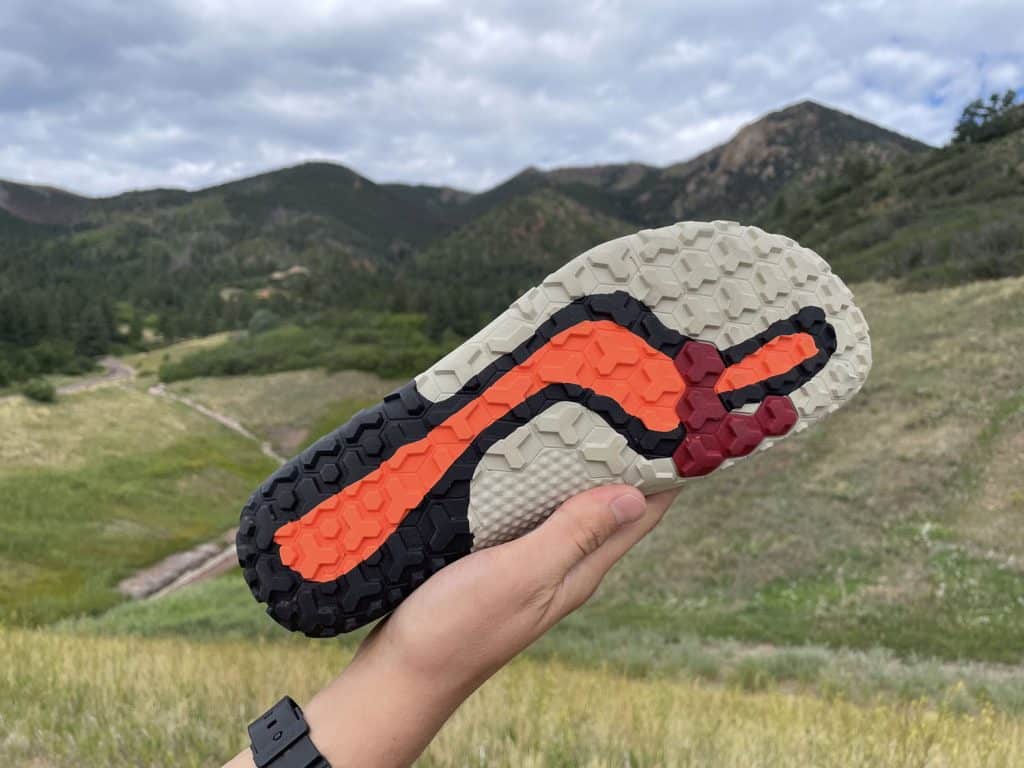
Comfort & Fit
The All Weather offers a snug, secure fit lending to better lock down on difficult terrain, while the Knit FG is stretchier which makes it comfortable on easier terrains but a liability on steep downhills. The knit material flexes too much in the upper, and allows the foot to shift forward.
For high performance needs, the Vivobarefoot Primus Trail 3 All Weather is a much better choice with a firm upper and more expansive lacing system.
Lacing System
Both Vivobarefoot shoes feature a “no-tie” lacing system equipped with a spring-activated locking device, sort of like a Boa system. Shawn was happy with the lacing on the All Weather model, but Brian would have much preferred a traditional lace on the knit model.
Tread & Traction
Both testers found the traction to be impressive. The lugs on these shoes provided a strong grip on gravel, soft ground, and steep inclines. Even on wet surfaces, the shoes maintained stability, making them a reliable option for trail running and hiking.

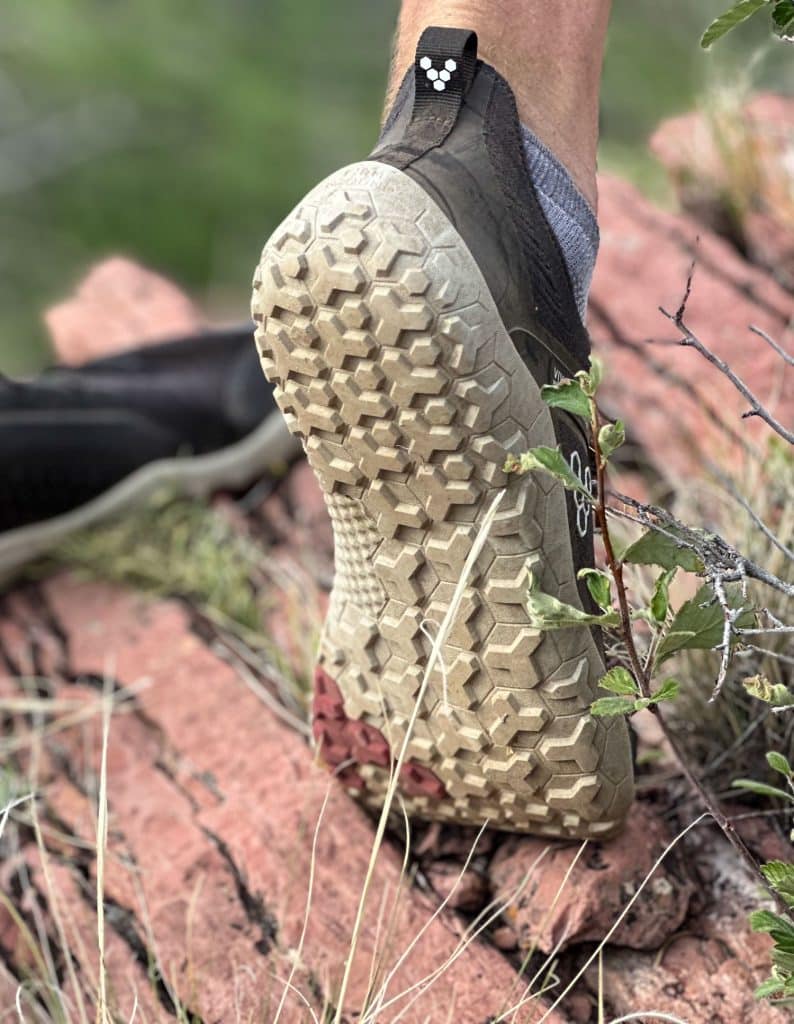
Ground Feel
Both the All Weather and Knit FG models offer a true barefoot experience, featuring flexible soles that allow natural foot movement. However, they strike a balance between minimalism and protection, ensuring that every small rock isn’t felt painfully underfoot.
What’s the Difference Between All Weather and Knit FG?
By the looks, you’ll think both the shoes are the same as they look almost similar. However, the difference lies in their design, which offers the best barefoot shoe features to the wearer. In comparison, we found some key differences that make each model unique and worth trying. Let’s take a closer look.
- Shawn’s All-Weather Primus Trail model is designed to repel water, making it a solid choice for damp conditions. However, it’s not fully waterproof—he had to empty water from his shoes multiple times during the hike.
- Brian’s Primus Trail Knit FG is highly breathable, keeping feet cool in warmer conditions. However, its knit construction is less suited for wet environments, meaning it wouldn’t fare well in heavy rain or deep puddles.
- Shawn reported that the All Weather Primus Trail offered a secure fit, keeping his foot locked in place even on steep descents.
- Brian, on the other hand, found that his Primus Trail Knit FG allowed some foot movement inside the shoe, particularly on steep terrain. While this wasn’t a deal breaker, it could become a discomfort factor on longer hikes.
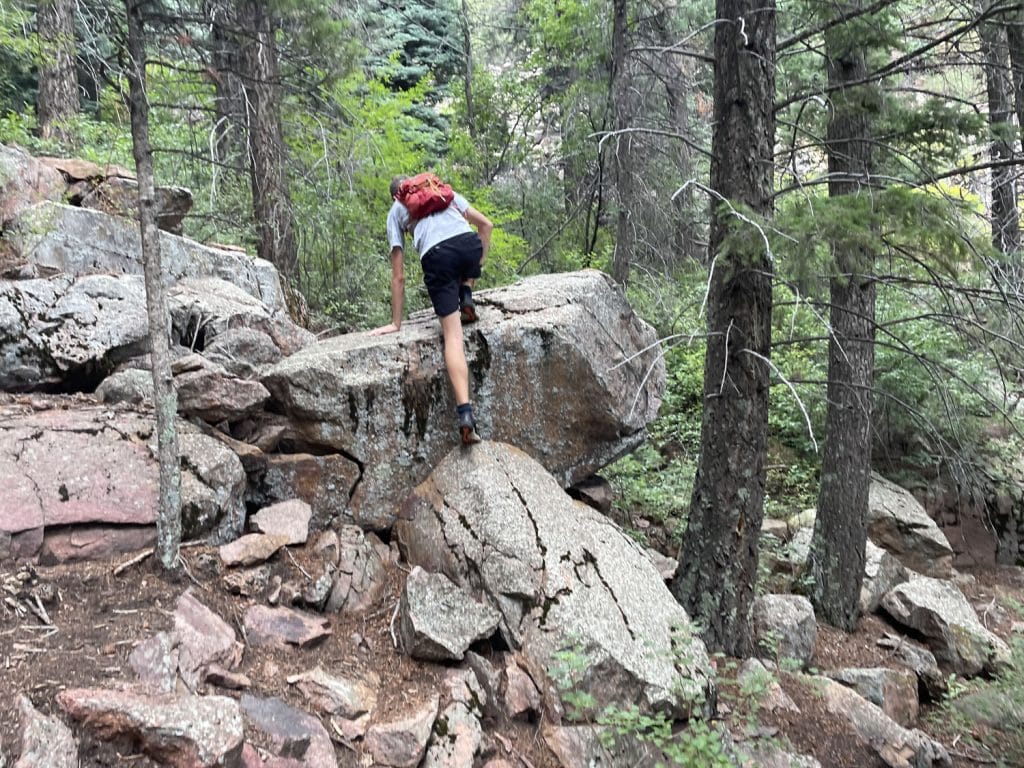
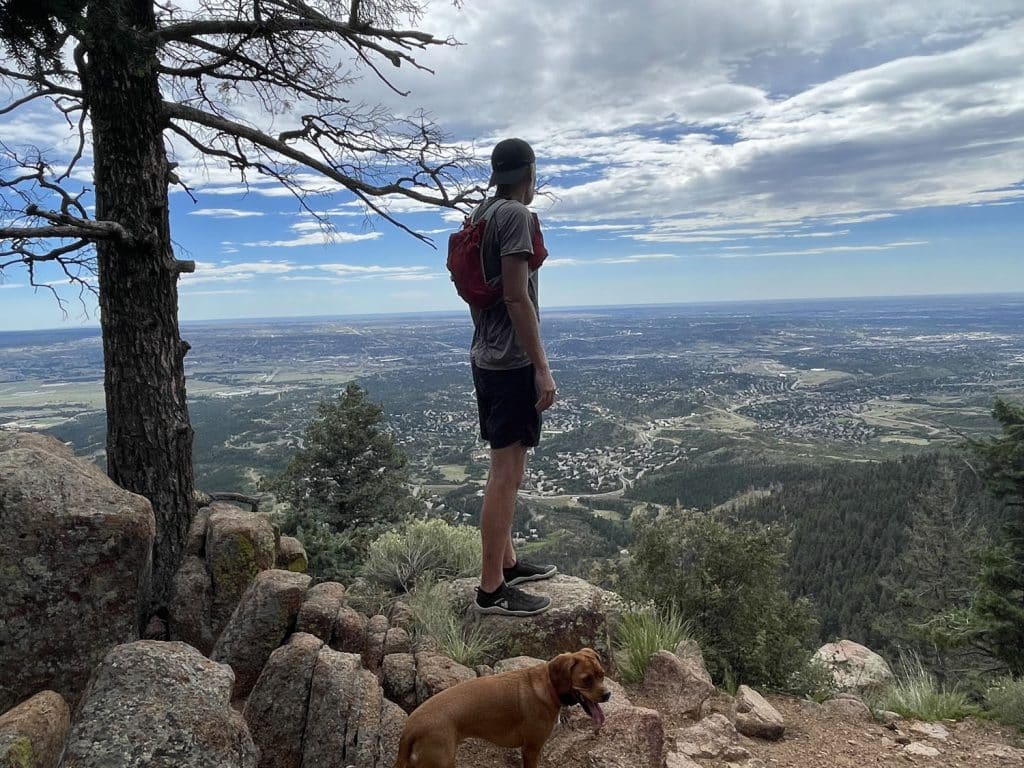
All Weather Primus Trail Shoes Pros
The strength of All Weather Primus Trail shoes lies in their reinforced material and minimalist footwear design.
- Better grounded feel
- Water-resistant upper material
- Secure grip for better control
- Nice tread for mixed terrains
Primus Trail Knit FG Shoes Pros
The strength of the Primus Trail Knit FG shoes is their roomy toe box that excels in minimalist barefoot style.
- Perfectly mimicking the barefoot style
- Highly breathable design for better ventilation
- Roomy toe box for more natural foot movement
- Unique tread for a seamless transition from road to gravel
All Weather Primus Trail Shoes Cons
Sometimes, strength can be a weakness as well.
- Although they are water-resistant, their minimal design does not guarantee complete waterproofing.
Primus Trail Knit FG Shoes Cons
The Knit model offers great features, but some features may indicate the lack of others.
- They do not hold up well in wet conditions due to the breathable mesh design.
- The roomy fit may not be suitable for steep terrains.
Final Thoughts
Vivobarefoot All Weather and Knit FG are both great options as trail running shoes. The comparison results in favor of both despite the differences. Which one you choose really boils down to your preferences. If you want comfort and performance, go for All Weather. But if you prefer a lighter feel, Knit FG will be your answer. Both shoes have amazing benefits while still keeping the barefoot style.

